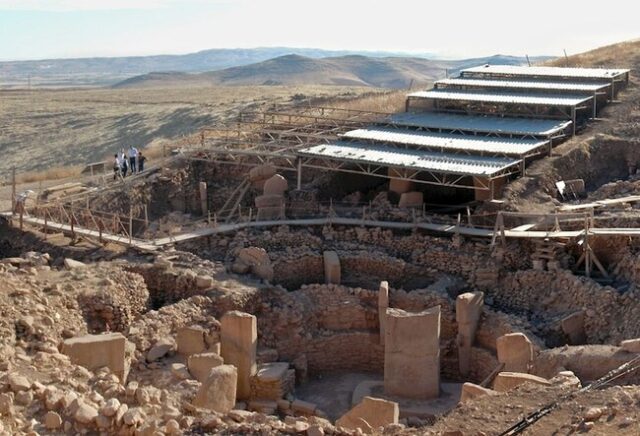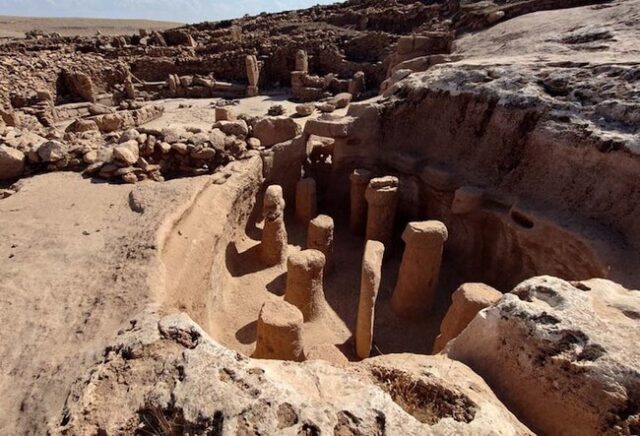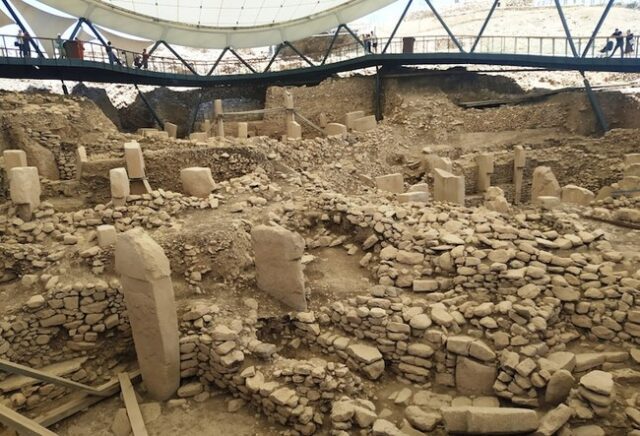
Recent research suggests that the ancient site of Göbekli Tepe in Turkey may be home to the world’s oldest known solar calendar. This 12,000-year-old archaeological site, already renowned for its early evidence of organized human settlement, now offers new insights into the origins of timekeeping. Scholars have long debated who first began tracking time, often citing the Roman calendar introduced by Julius Caesar or the sophisticated systems of the ancient Maya. However, intricate carvings at Göbekli Tepe, specifically V-shaped symbols on a pillar, have been interpreted as part of a 365-day lunisolar calendar system, with 11 additional days, making this the earliest example of such a system. Researchers also found connections between Göbekli Tepe’s 11-pillar enclosures and similar structures at nearby Karahan Tepe, suggesting a broader, region-wide use of this early calendar system.

The study further proposes that the people of Göbekli Tepe placed significant importance on the summer solstice, symbolized by a V-shaped motif worn around the neck of an eagle-like bird. This symbol appears on various artifacts, including the Urfa Man statue and other carvings at nearby sites, hinting that these figures may have been seen as time-controlling or creator deities. The researchers believe that the development of this calendar was likely linked to the tracking of a comet shower that impacted Earth around 10,850 BCE, an event that may have had profound effects on the people of Göbekli Tepe. According to Martin Sweatman, a co-author of the study, the lasting importance of these carvings suggests that this catastrophic event could have led to the rise of a new religious or cultural tradition, potentially influencing the early development of civilization.
















